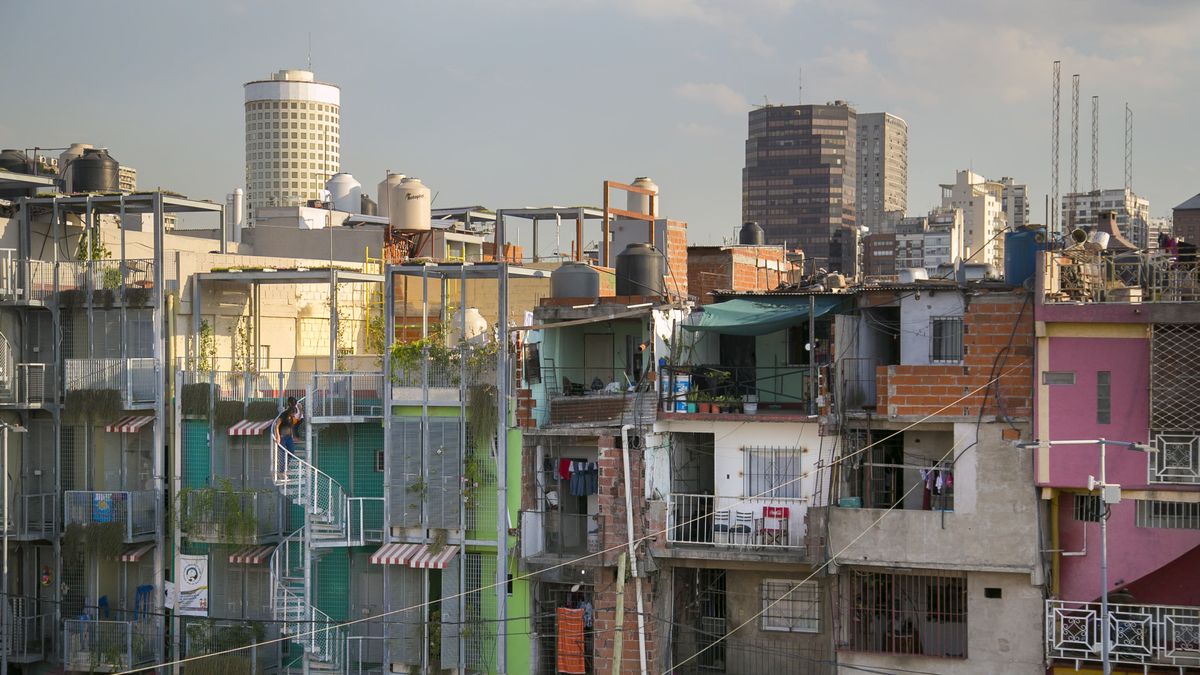The Argentine economy will fall 1.8% in 2023 and 1.3% in 2024, according to a new estimate released today by the Organization for Economic Cooperation and Development (OECD) and inflation will continue to approach 178% this year and will be very high next year as well. In this context, the level of indigence was located at 9.6% of the urban population in Argentina in the third quarter of 2023 and the income poverty reached 44.7%.
The two data reflect an increase of around 1.5 percentage points compared to the same period last year. However, they were attenuated by the programs of state social assistancewithout which, the indigence would have reached 17.1%and poverty at 47.6%.
These percentages include in their calculation 18.7 million Argentines who do not receive the income necessary to cover the Total Basic Basket and 4 million who do not even cover food expenses. These are data that emerge from the Report of the Argentine Social Debt Observatory of the Argentine Catholic University (UCA).
In the 25% of the population with the lowest income, 18.1% are indigent and 68.3% are poor. These are very serious data, but it must be noted that they were reduced compared to 2022, when 19.7% were indigent and 73.7% were poor. However, a very worrying element is that poverty is growing in the middle class.
The working middle class, the most affected
More and more people from non-professional middle sectors fall below the line given that in that segment, the number of poor and indigent people increased. It went from 4.1% in 2022 to 11% this year in the first item, and from 0.3% to 0.6% in the second. Likewise, children and adolescents are the most poor, since among the people up to 17 years old, 62.9% are poor and 16.2% are indigent.
The director of that organization, Agustín Salvia, pointed out in the presentation of the study that “poverty in income and rights are a consequence of failed policies.” And he maintained that the lack of economic growth, investment and decent employment generated a greater need for social spending, which generated a public deficit and, therefore, inflation. “This model contained the social environment, but it did not solve poverty or destitution,” he sanctioned.
The social aid package that the State allocated to transfer income and food to households prevented the number of homeless people from being 17.1%, as stated, instead of the 9.6% registered. This immediate effect of income transfers on poverty is less than that recorded on indigence, which would have reached 47.6% instead of 44.7%.
During 2023, 35.9% of households received some social assistance, well above the figure for 2006, when the series followed by the UCA began, when it was 11.3% of households.
What’s coming for 2024
Thus, by 2024, poverty is expected to continue increasing. And an element that will be especially relevant in this sense will be the social policy carried out by the new Government. Some analysts estimate that, if assistance is radically removed from the most needy sectors, there could be a short-term jump of 20 points in poverty. The UCA hopes that this will not happen explosively, but the escalation of inflation and the restructuring of a new economic model will undoubtedly have strong effects on this dynamic.
Source: Ambito




